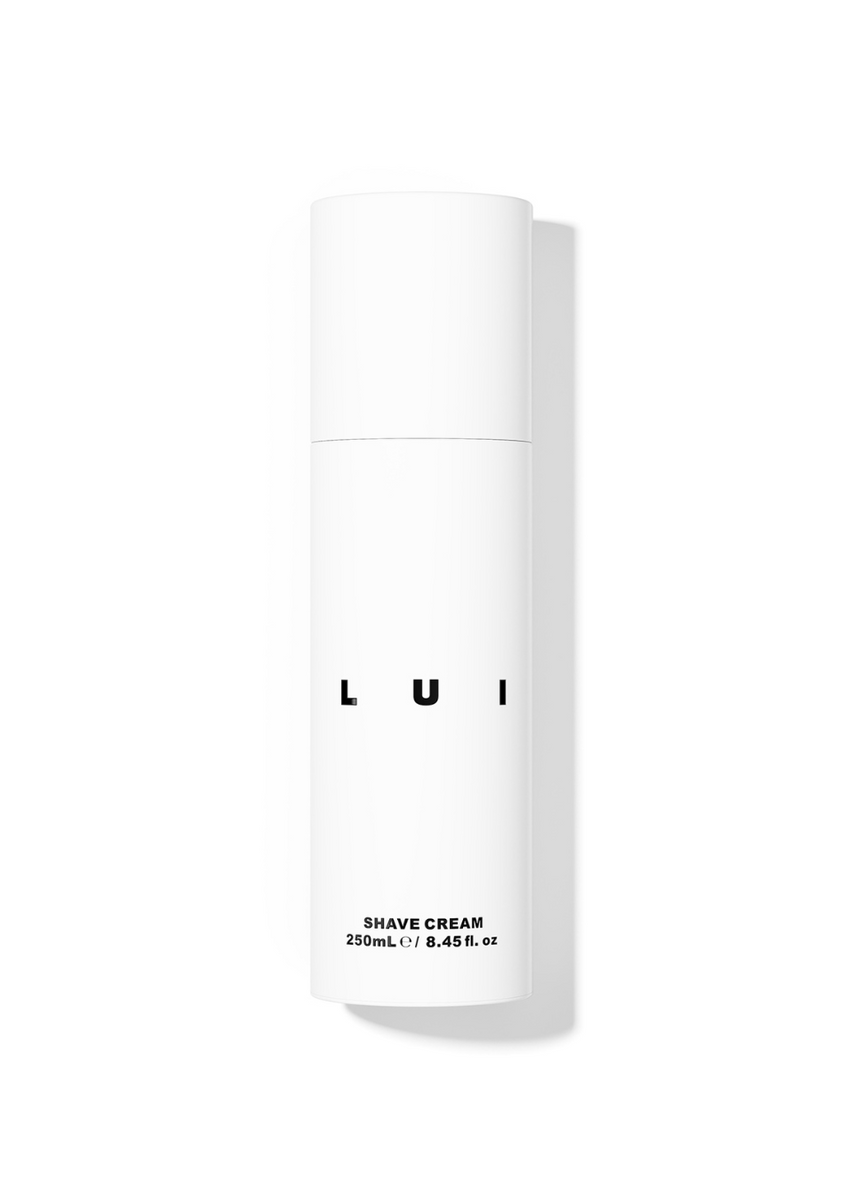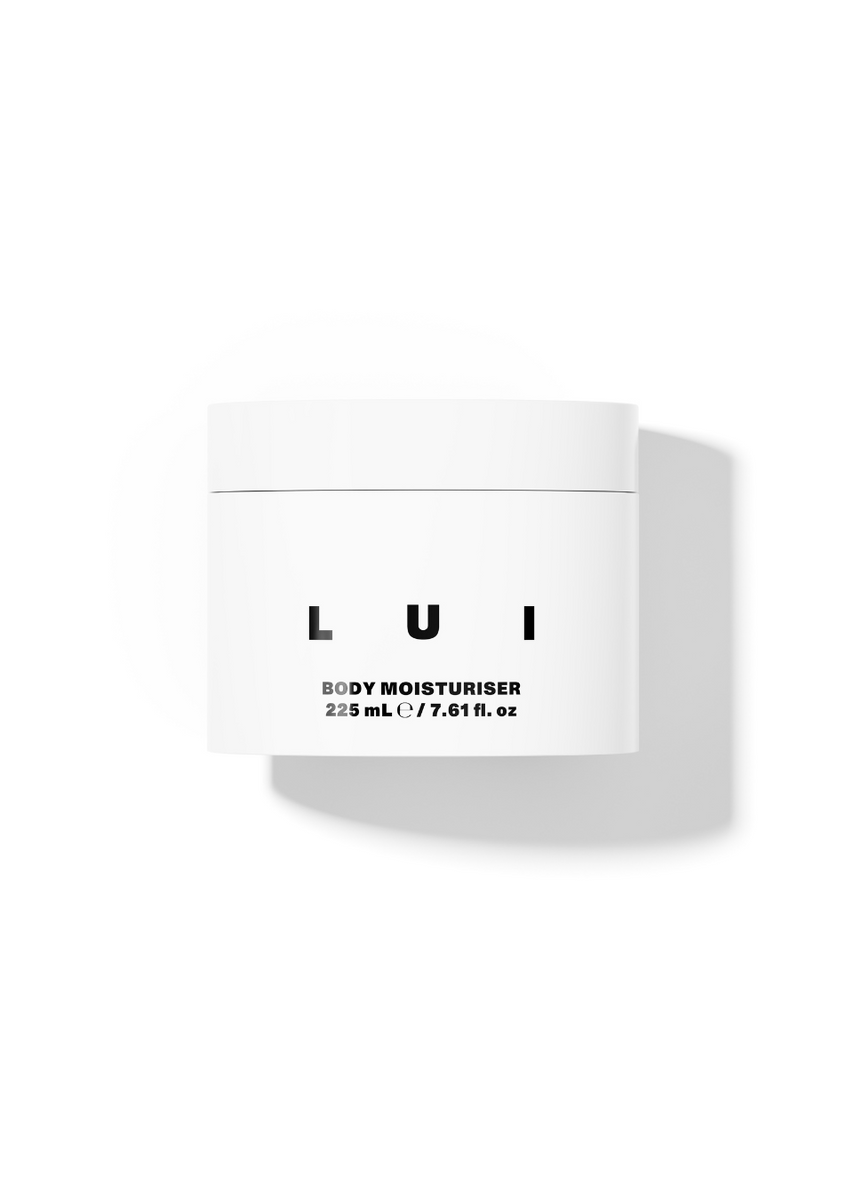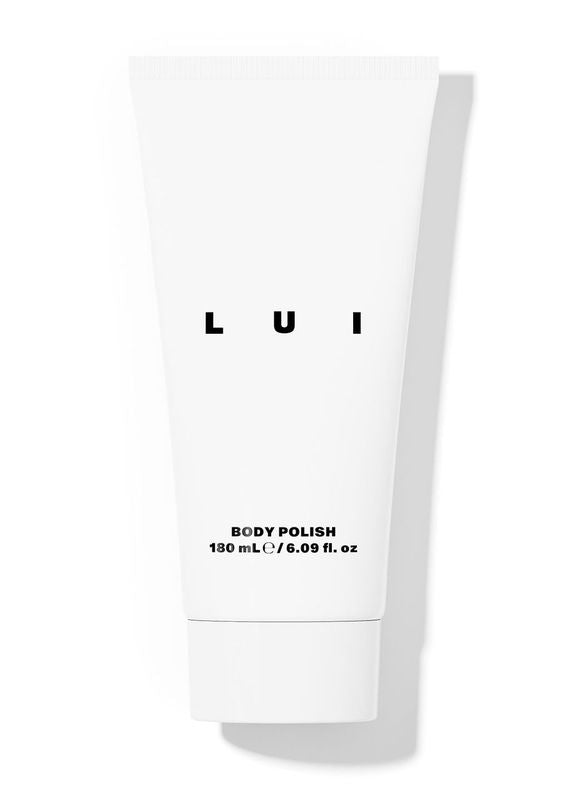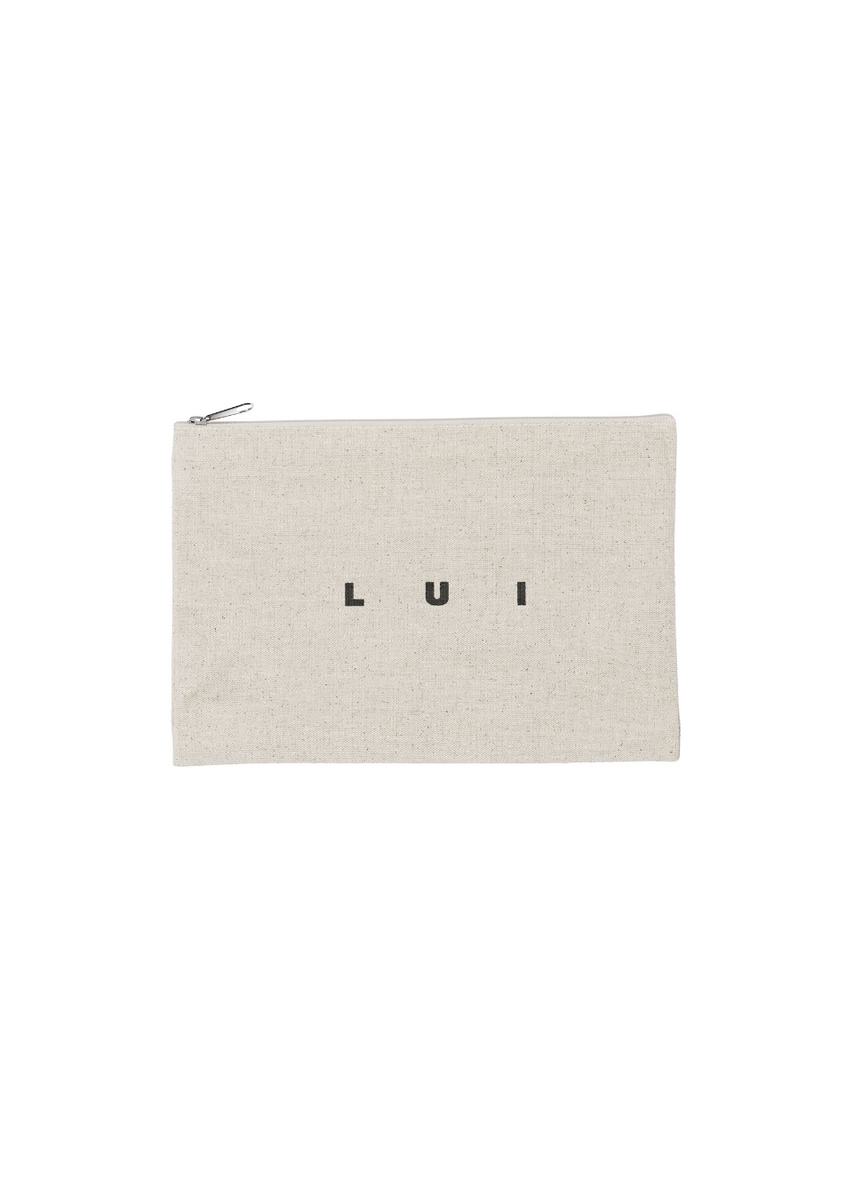The 3 Different Types of Moisturisers: Emollients, Humectants & Occlusives
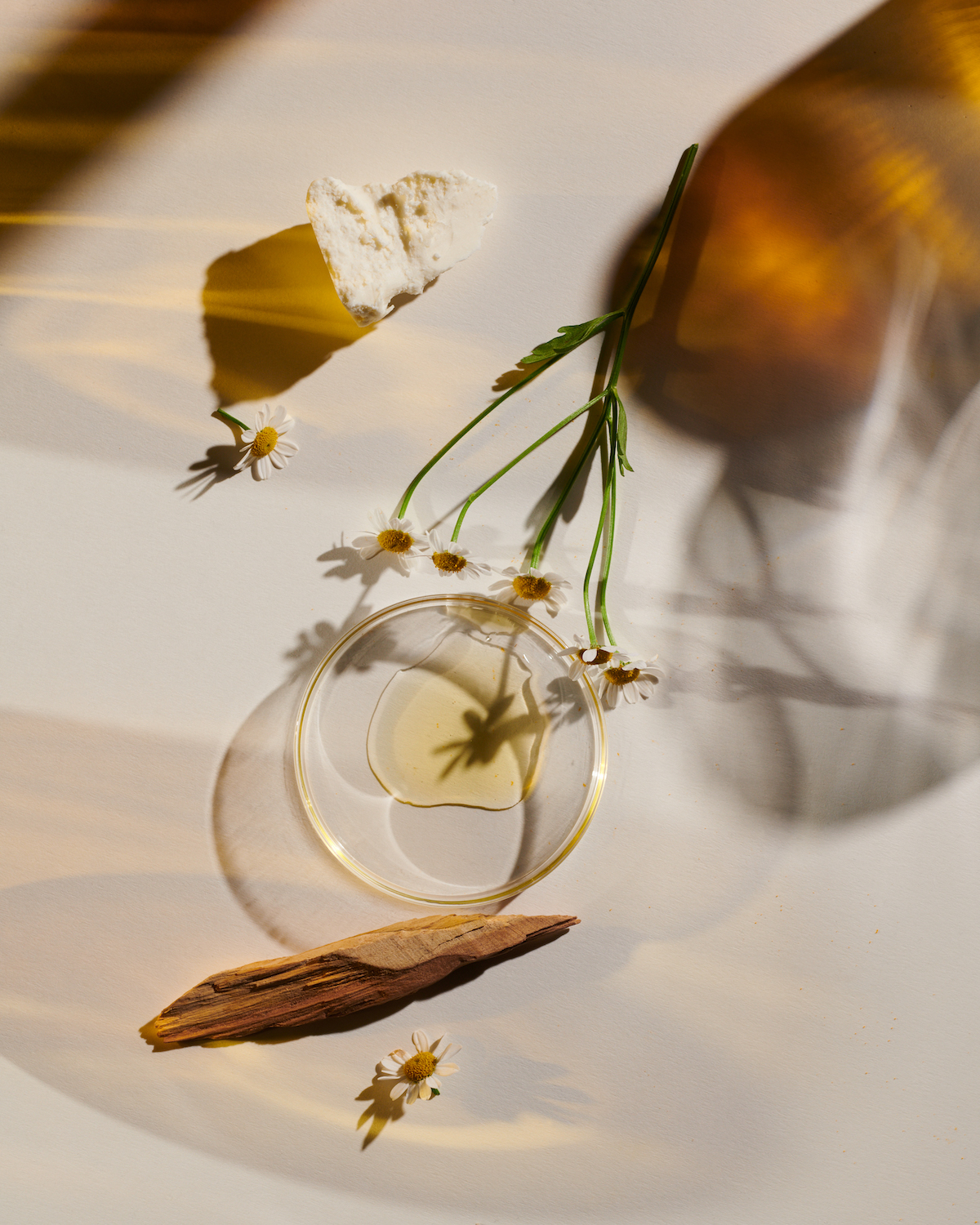
Using a moisturiser daily is a cornerstone of a good BODY CARE ROUTINE. Moisturisers have a dual function on the skin: they support THE SKIN'S NATURAL BARRIER and they help to prevent water loss, ensuring that the skin stays hydrated and plump. But not all moisturisers are created equal. It's important to use a well-formulated product designed specifically to optimise skin health. The first step to achieving soft and supple skin is understanding your moisturiser's composition. There are three different kinds of moisturising agents: emollients, humectants and occlusives. Moisturisers usually feature one or more of these moisturising agents. Below, we uncover the benefits of each, as well as what to look out for in a body moisturiser.
EMOLLIENTS
WHAT THEY DO: Emollients soften and smooth the skin.
HOW THEY WORK: When the outermost layer of the skin doesn't contain enough water content, it dries out and cracks or flakes, which creates open gaps between skin cells. Emollients work by filling in these spaces with nourishing fatty substances called lipids.
EXAMPLE INGREDIENTS: PLANT OILS, squalane, ceramides, Vitamin E, colloidal oatmeal and fatty acids like lanolin and glyceryl stearate.
HUMECTANTS
WHAT THEY DO: Humectants increase the skin's water content.
HOW THEY WORK: Humectants work in two ways. They pull water from the deep layers of the skin to the top layer of the skin. If the air humidity exceeds 70%, they also draw water from the atmosphere into the skin.
EXAMPLE INGREDIENTS: Hyaluronic acid, glycerin, aloe vera, propylene glycol, alpha-hydroxy acids (like glycolic acid and lactic acid), panthenol (Pro-Vitamin B5), and urea.
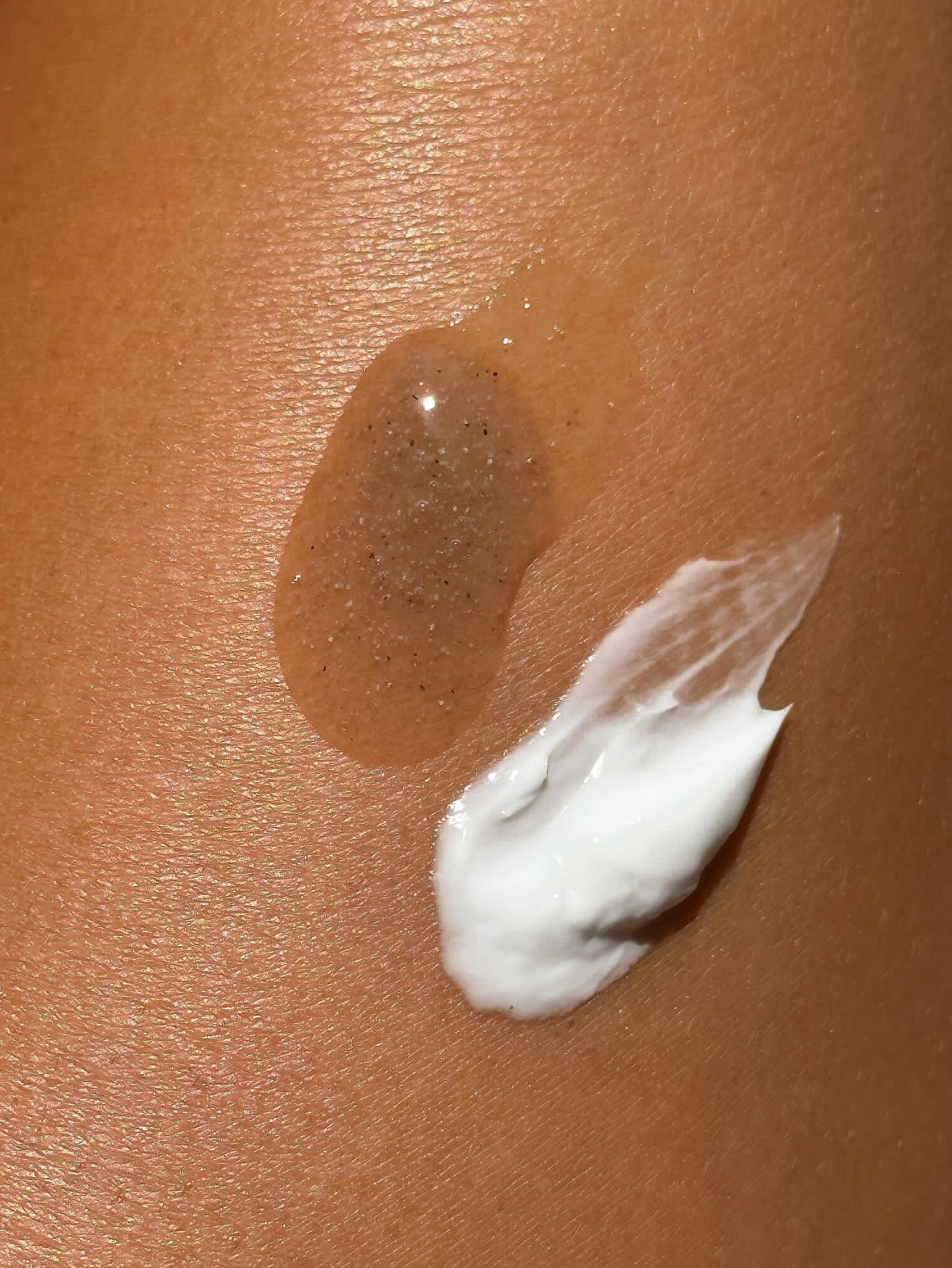
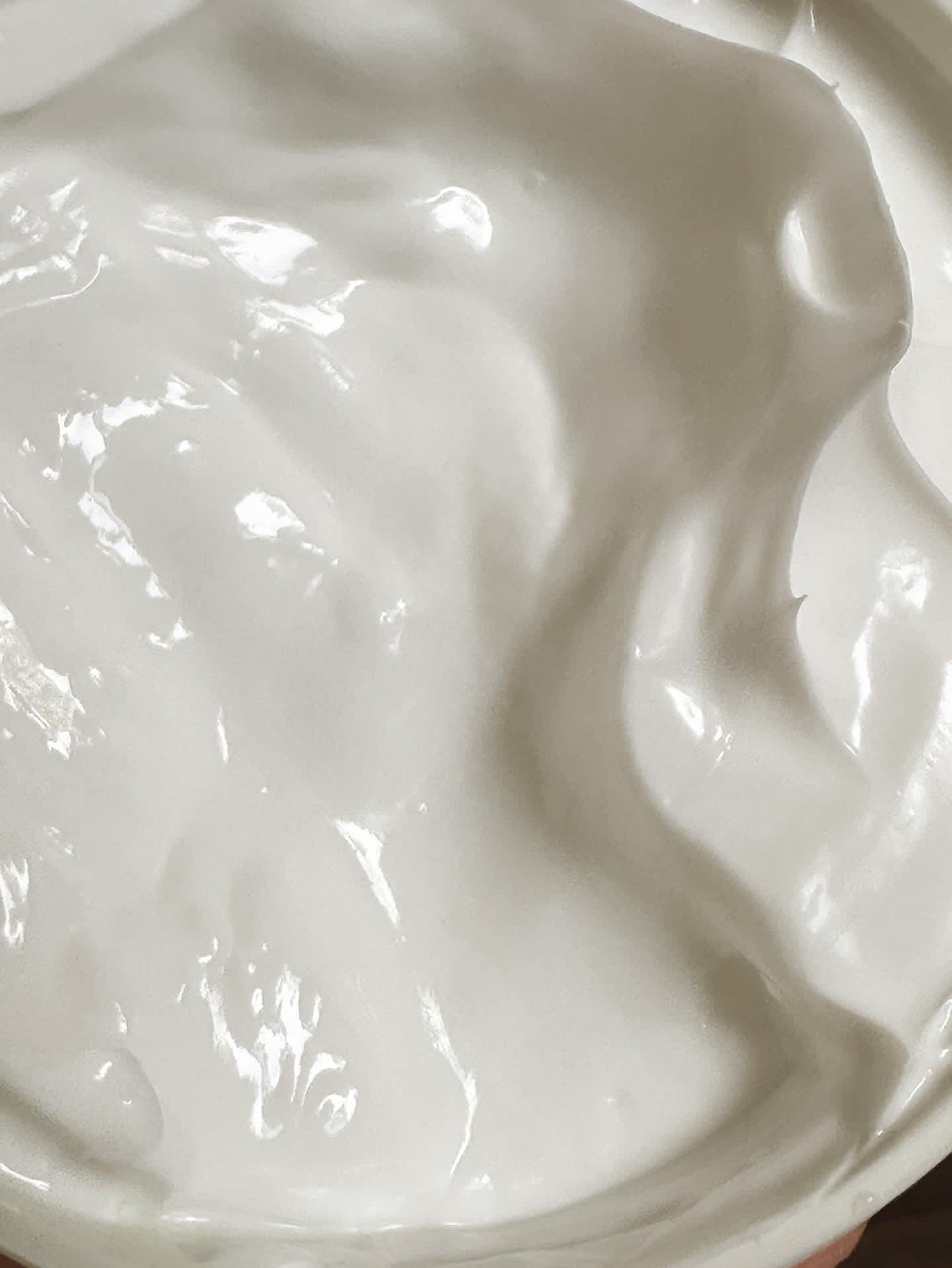
OCCLUSIVES
WHAT THEY DO: Lock in moisture and prevent evaporation.
HOW THEY WORK: Rather than adding hydration into the skin, occlusives form a physical barrier on topmost layer of the skin to prevent moisture loss.
EXAMPLE INGREDIENTS: Petroleum jelly, plant butters and waxes, dimethicone, silicone and castor oil.
WHAT SHOULD I LOOK FOR IN A MOISTURISER?
Seeing as emollients, humectants and occlusives all have different benefits, we recommend using a mix of all three in your body care routine. Reach for a moisturiser formulated with a combination of these ingredients for best results. Our BODY MOISTURISER is luxuriously nourishing and pH-balanced, infusing the skin with long-lasting hydration and naturally active ingredients. It contains a considered blend of emollients (like six plant oils, squalane, shea butter, Vitamin E and glyceryl stearate), humectants (glycerin) and occlusives (such as shea butter and dimethicone).

